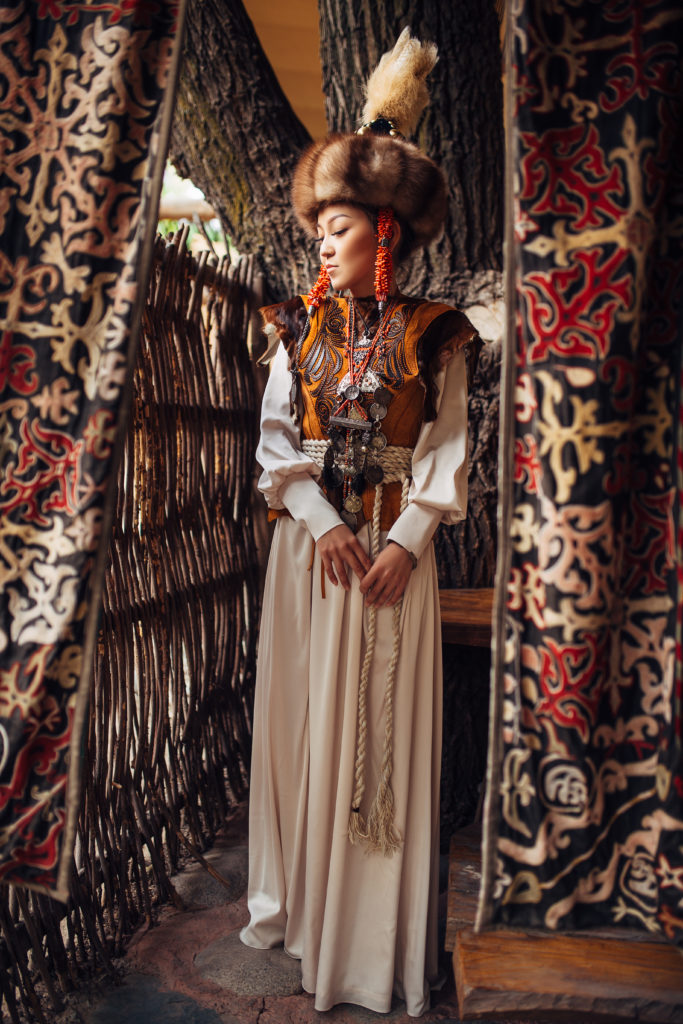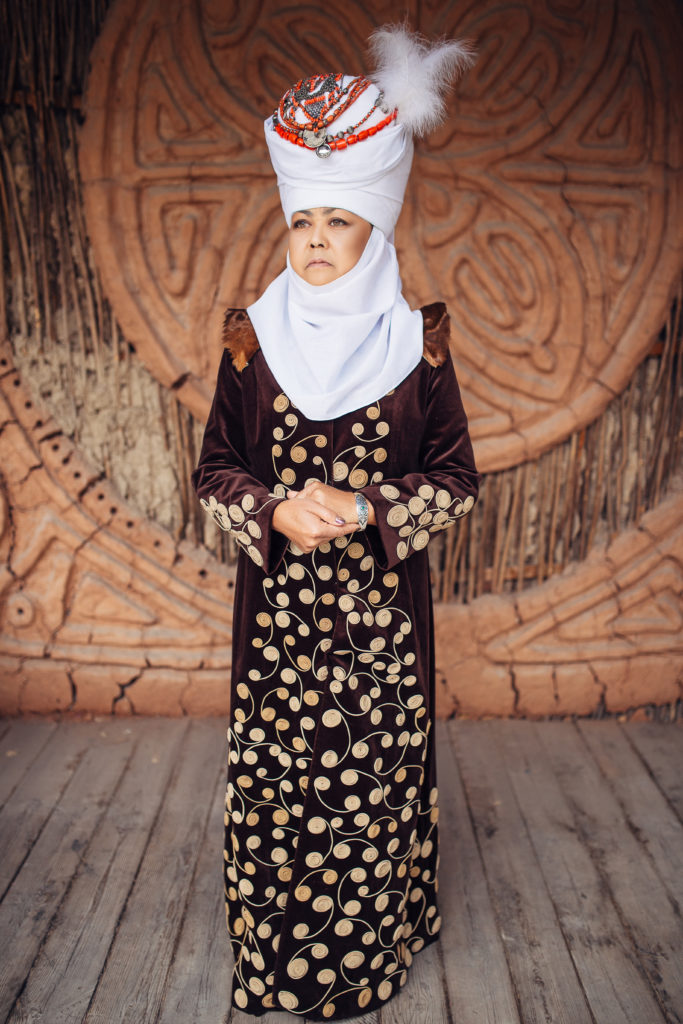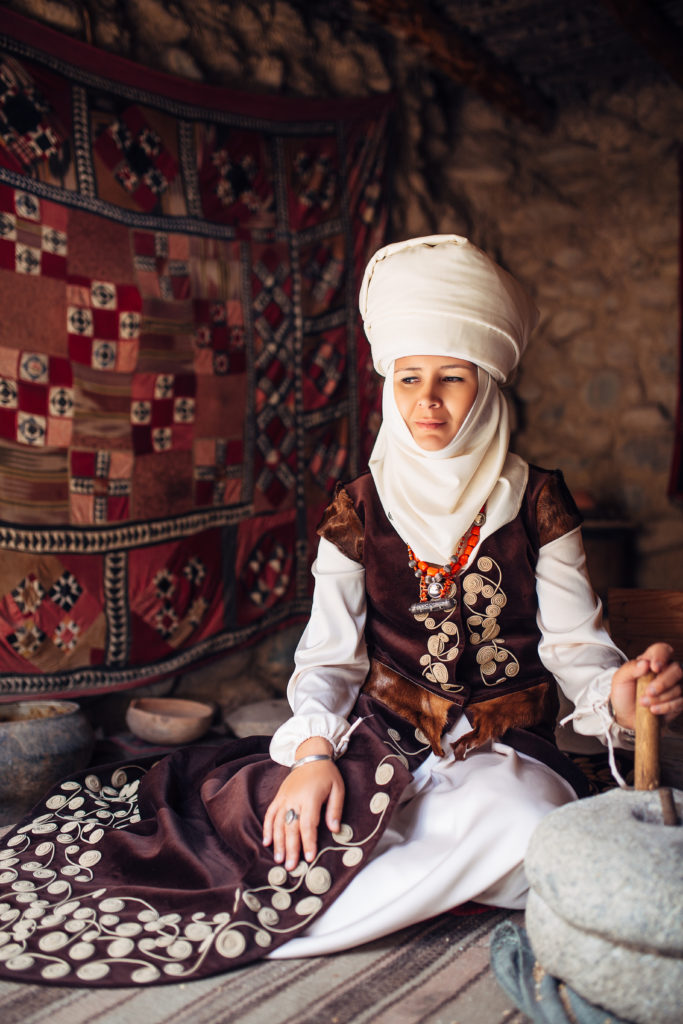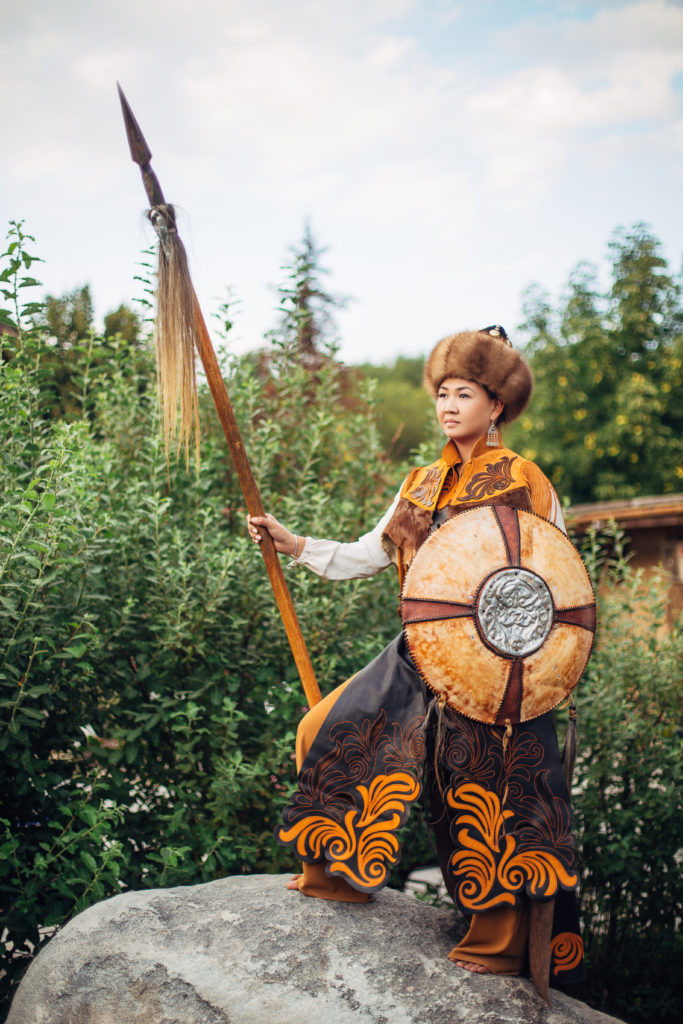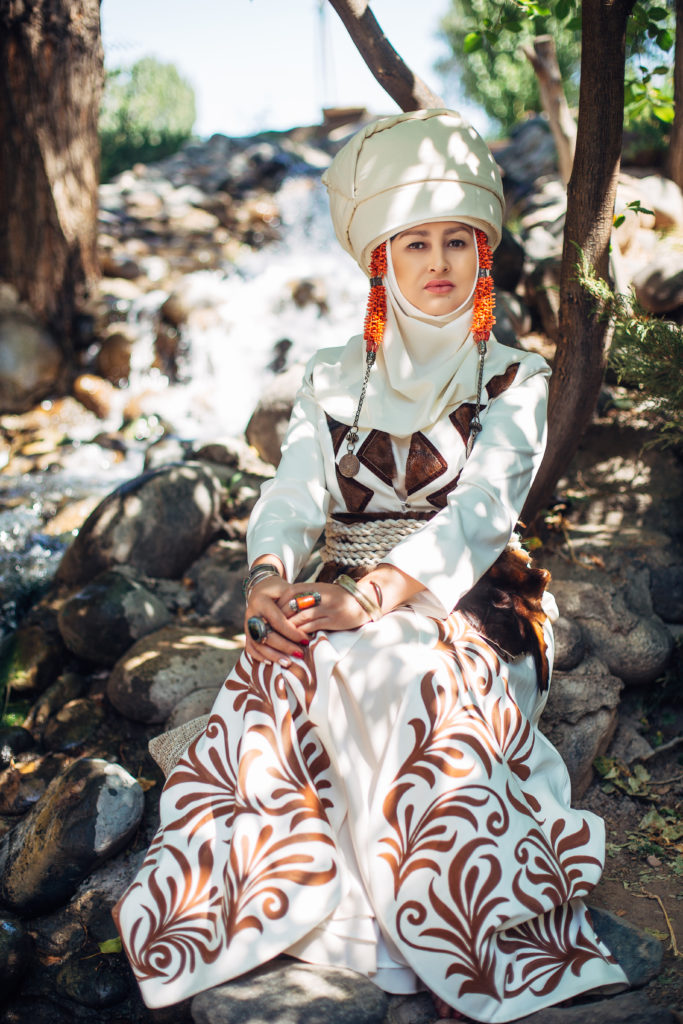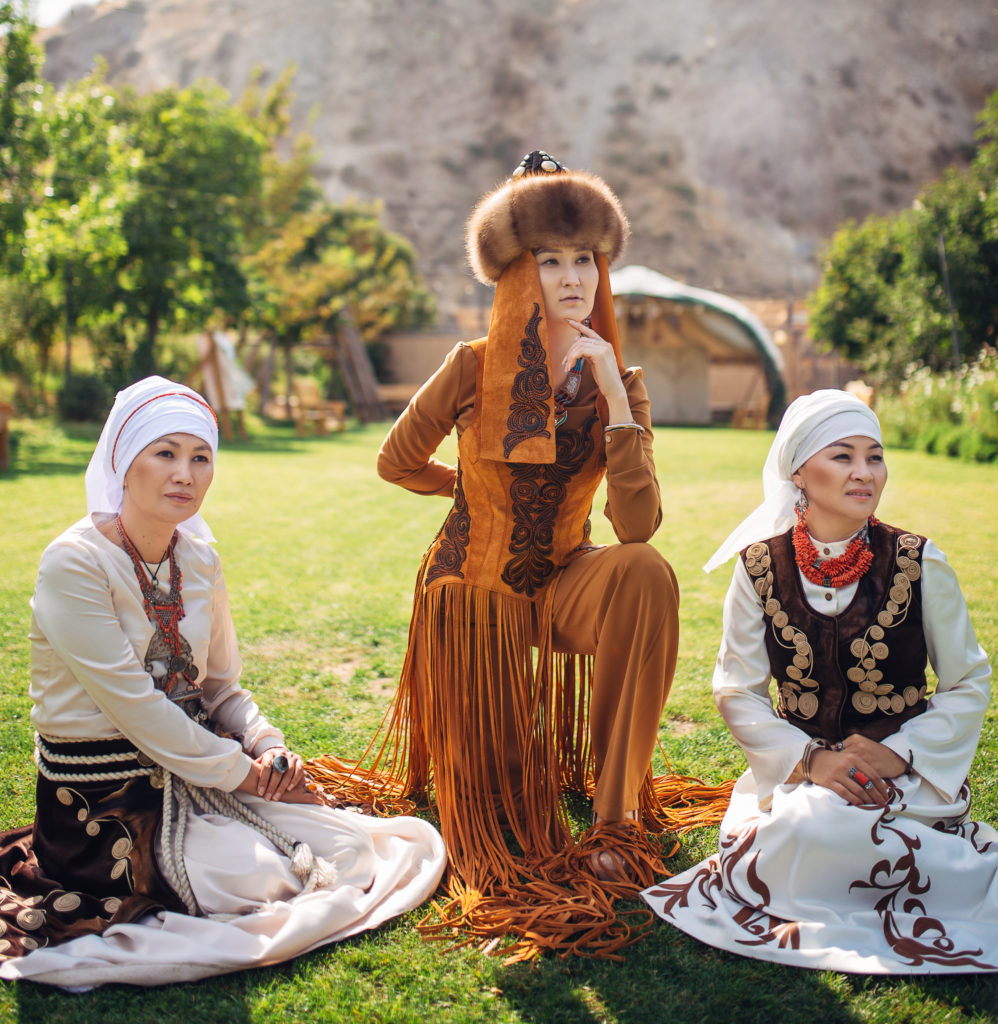
Five years ago Elzat was grabbed off a Kyrgyzstan street by a group of men wanting to marry her to an uninvited suitor. She was only 19.
“I felt as if I was an animal,” she recalls. “I couldn’t move or do anything at all.”
Elzat was taken to the groom’s home in the rural Issyk Kul region, where she was dressed in white for an impending ceremony.
She spent hours pleading with the groom’s family — and her own — to stop the forced marriage.
“My grandmother is very traditional. She thought it would bring shame to our family if I did not marry him and tried convincing me to stay.”
However, her mother understood that her daughter was a victim of a crime and threatened to call the police. Because of her action, the groom’s family finally let Elzat go. She escaped the attempted forced marriage because of her own, and her mother’s courage and understanding of Kyrgyzstan’s legal system.
Today, as Elzat proudly walks down a catwalk under the spotlights, her nightmare experience is behind her.
Elzat is part of a fashion show to raise awareness against bride kidnappings. “I hope the fashion show, depicting historical women figures, will help to bring the taboo subject to the fore,” she explains.
Her courageous example is important for other women, because despite the crime being outlawed in Kyrgyzstan in 2013 and punishable by up to 10 years in prison, thousands of women continue to be abducted and forced to marry each year, particularly in rural regions.
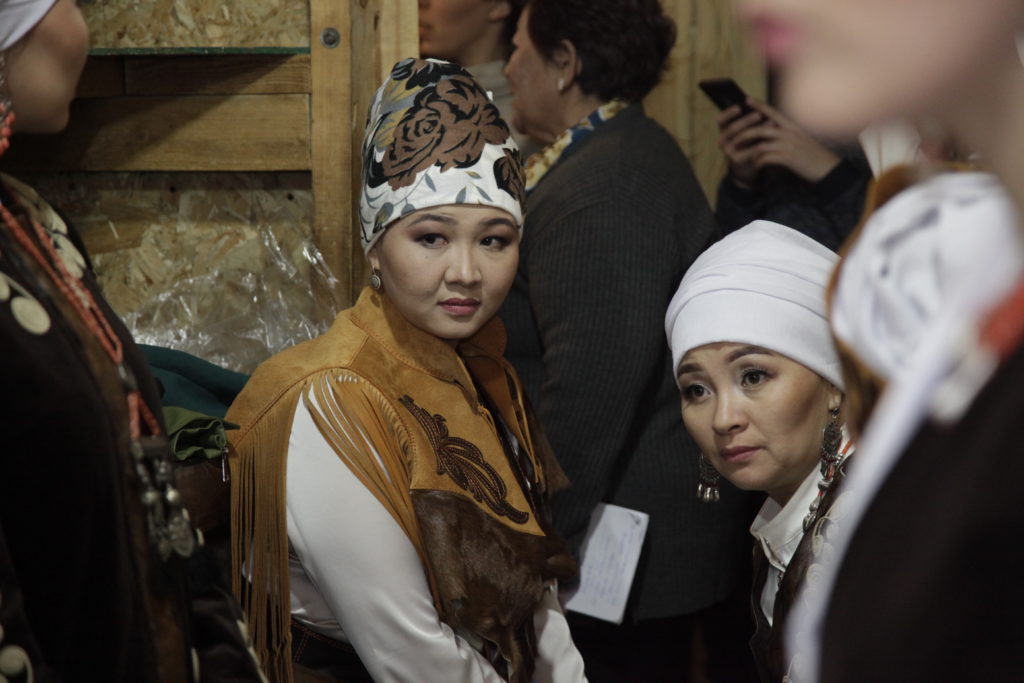
Photos: Thomson Reuters Foundation/Shanshan Chen
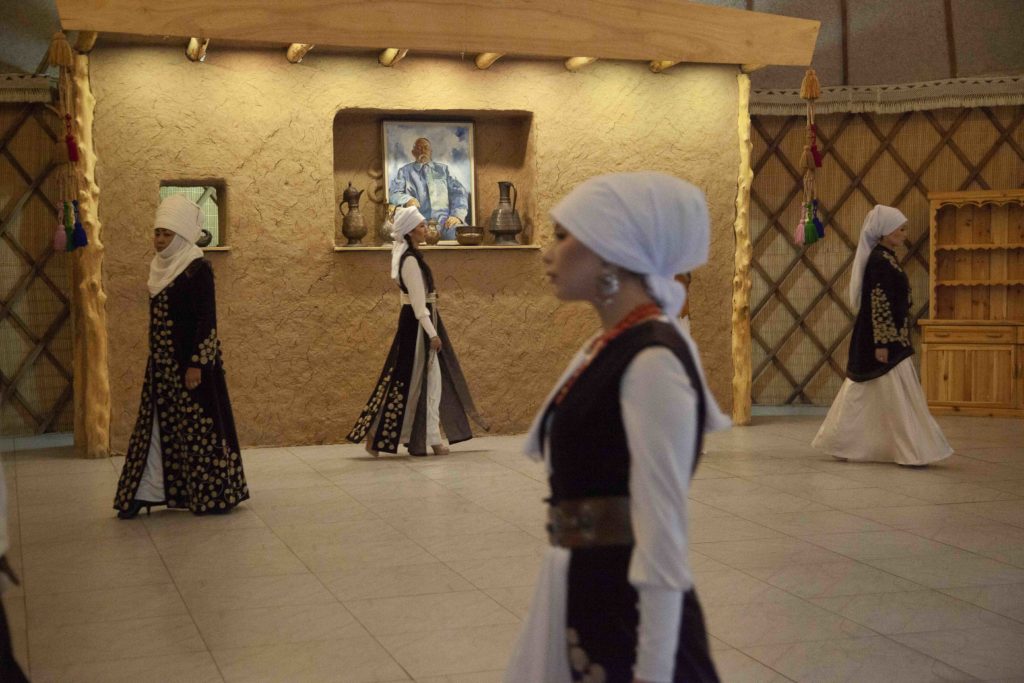
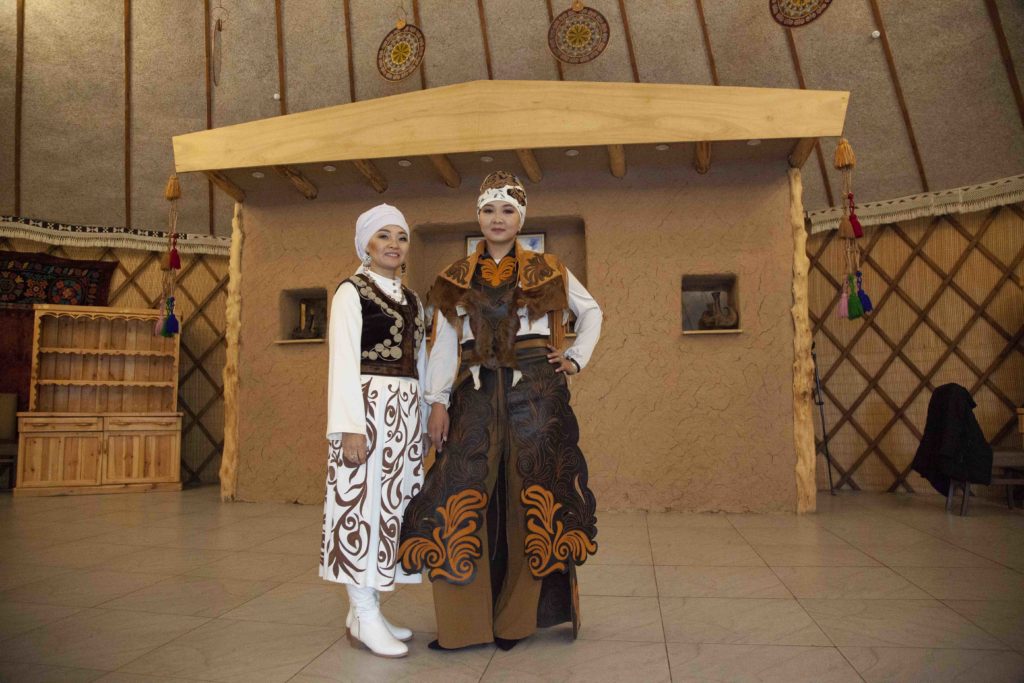
A
Women activists have brought increased attention to the persistent violation in the recent years. In 2018, “kidnapped bride” Burulai Turdaaly Kyzy, 20, was locked in the same police cell as the man who abducted her — where he stabbed her to death. The story sparked national outrage and protests, with many campaigners insisting that “more severe sentences are often issued for kidnapping livestock” than women.
Fashion designer Zamira Moldosheva is part of a rising public movement against “bride kidnapping.”
“Can’t we women do something against the violence taking place in our country?” Zamira asked herself. Her answer was to organize a fashion show featuring only women who had been abused or kidnapped, dressed as historical Kyrgyz women, because supporters of bride kidnapping often cite tradition as an argument to justify the illegal act.
“Bride kidnapping is not our tradition,” Zamira explains with passion, adding, “‘bride kidnapping’ has always been a form of forced marriage, and not a traditional practice.”
Elzat, one of 12 models in the fashion show, said she was glad to participate in the event last October to highlight her painful experience, encourage women to resist and flee forced marriages, and support each other to do so.
“Women nowadays are characters of new fairy tales and examples for others,” she explained, dressed as a woman freedom fighter from ancient Kyrgyzstan.
“This is how I’m fighting for women’s rights.”
“For me, participating in this project has seriously impacted my life,” another model said. “I participated in the show portraying the image of Kurmanzhan Datka, the Alai Queen. When I put on the suit of such a strong and brave woman, I had the most unforgettable feeling of pride and strength. I felt that I have the power to change my life every day.”
Data is scant on the number of women abducted each year, as many women did not report the crime through fear of the stigma it brings to them and their family. An estimated 14 percent of women under 24 are still married through some form of coercion.
“Most cases do not make it to court, as women are often forced to retract their statements, often under pressure from other family members, fearing public shaming for not complying with the family wishes or no longer being ‘a virgin’,” Umutai Dauletova, gender coordinator at UNDP in Kyrgyzstan, explains.
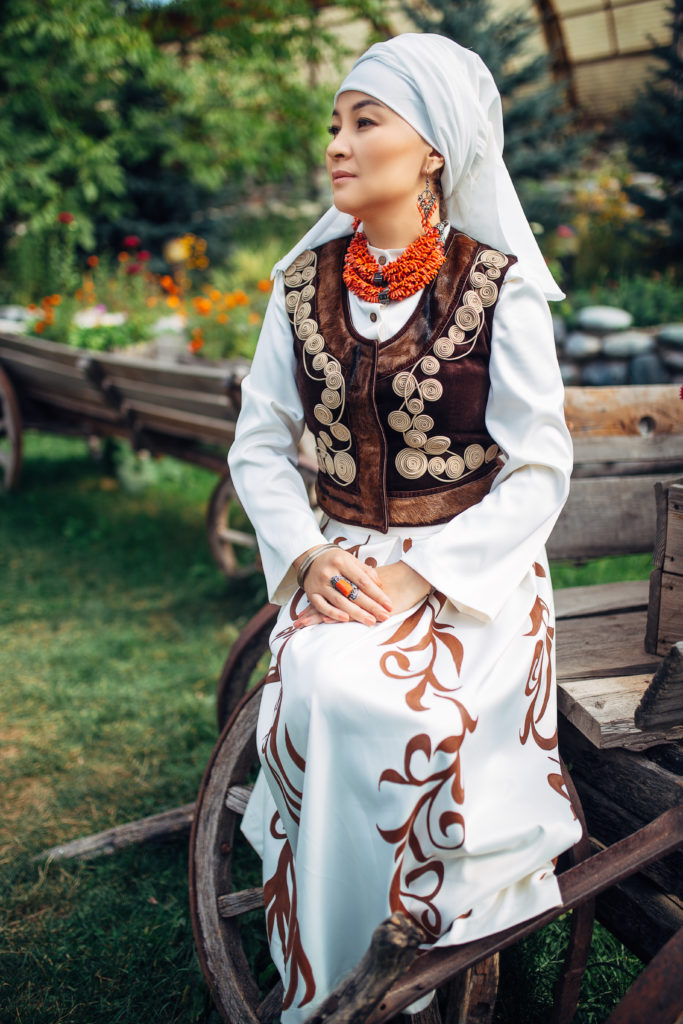
The fashion show is not only breaking taboos. It has also given women survivors the permission to dream. “I feel more self-assured after participating in the project,” a woman modeling the famous heroine Karlygach said. “All these rehearsals and our conversations with other models taught me to love myself and take care of myself and my loved ones.”
“My faith and my strength returned to me,” she continued. “Now I am working on realizing my dream to open a small day-care center for children, so other mothers like me can work without worrying about their children.”
This story was adapted from a piece published by the Reuters Foundation, produced in partnership with UNDP.


